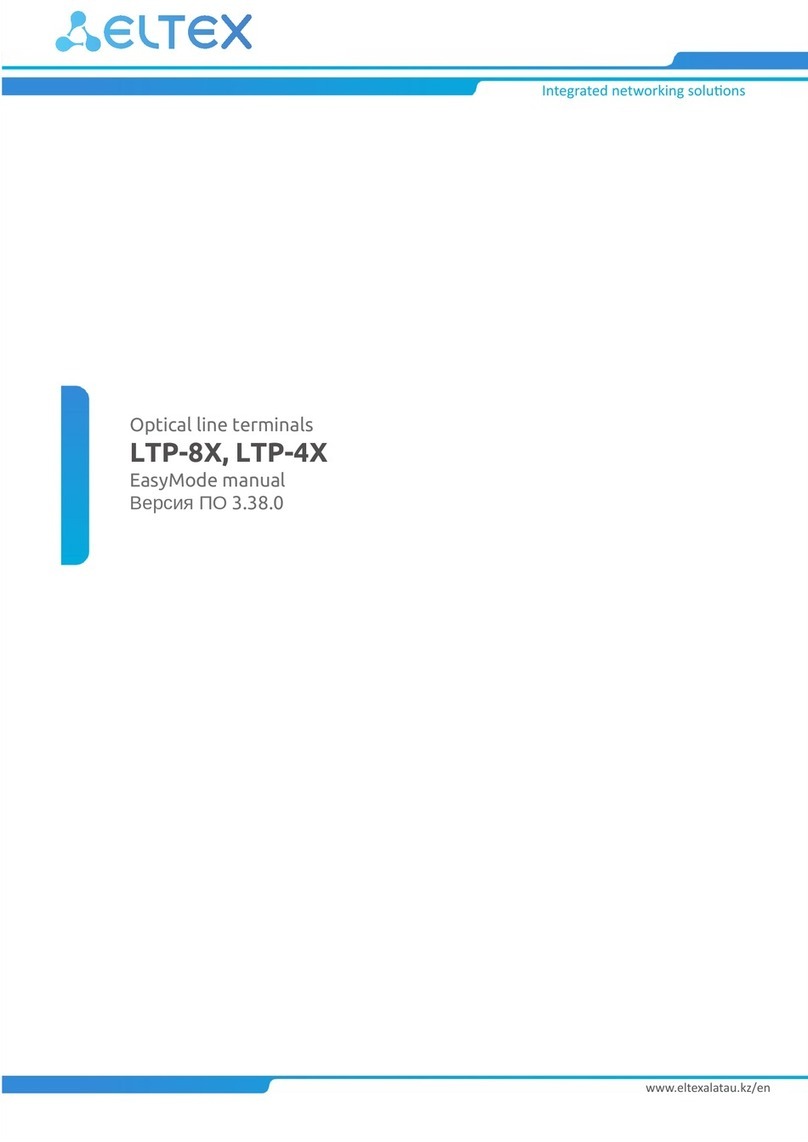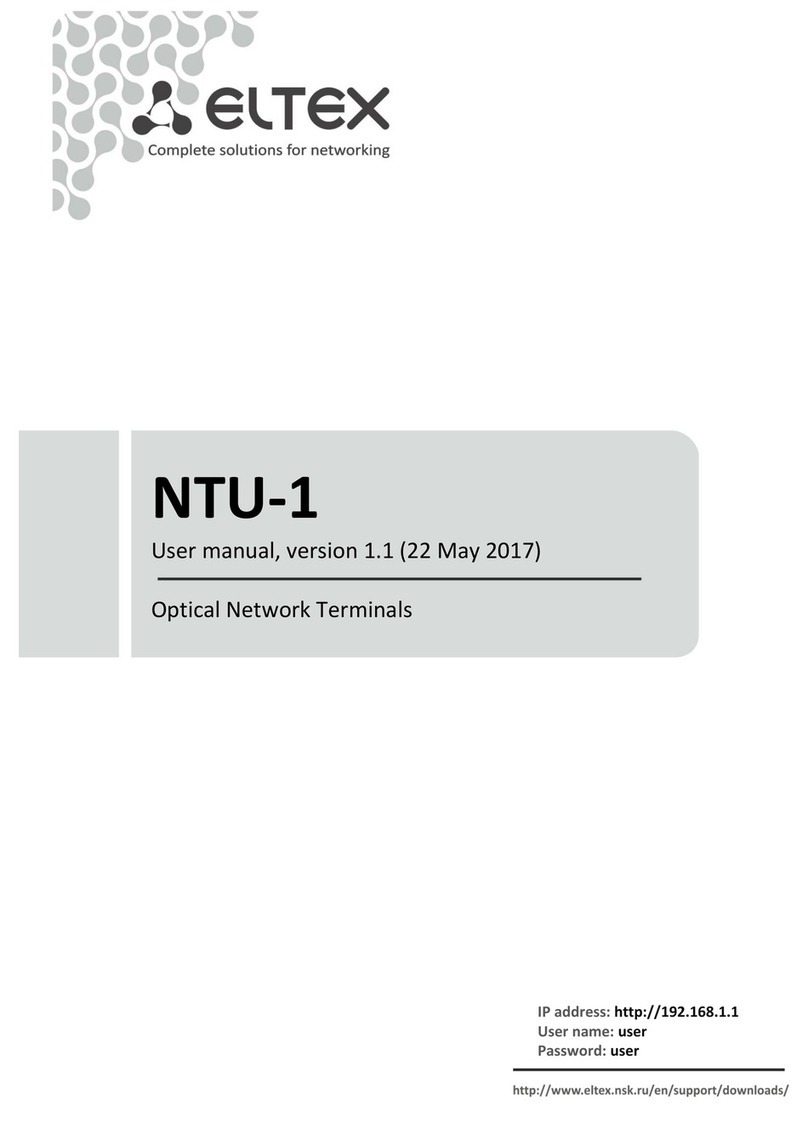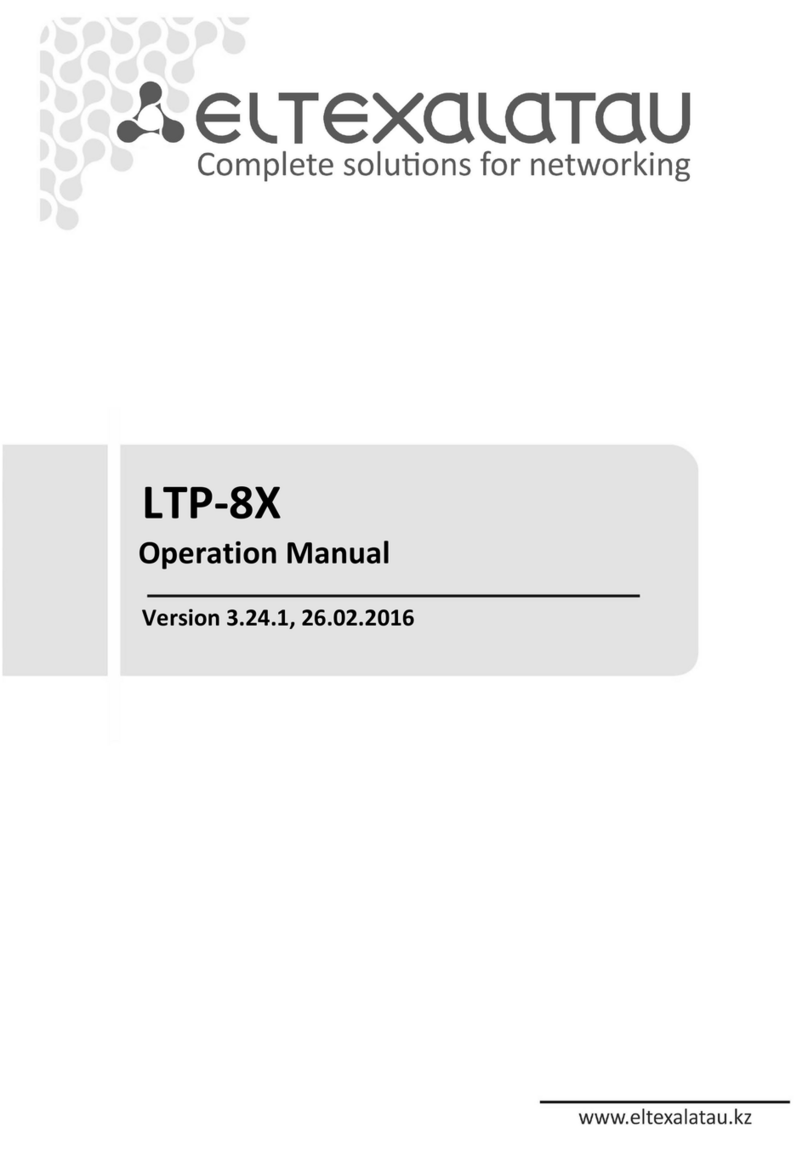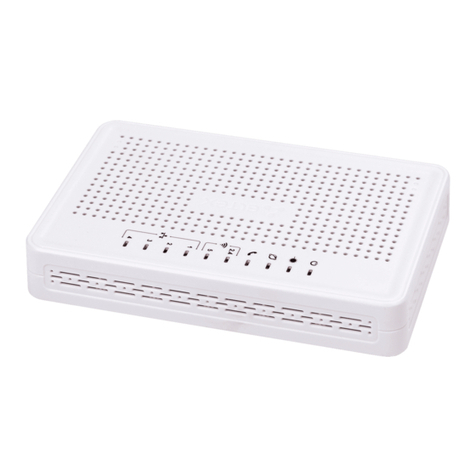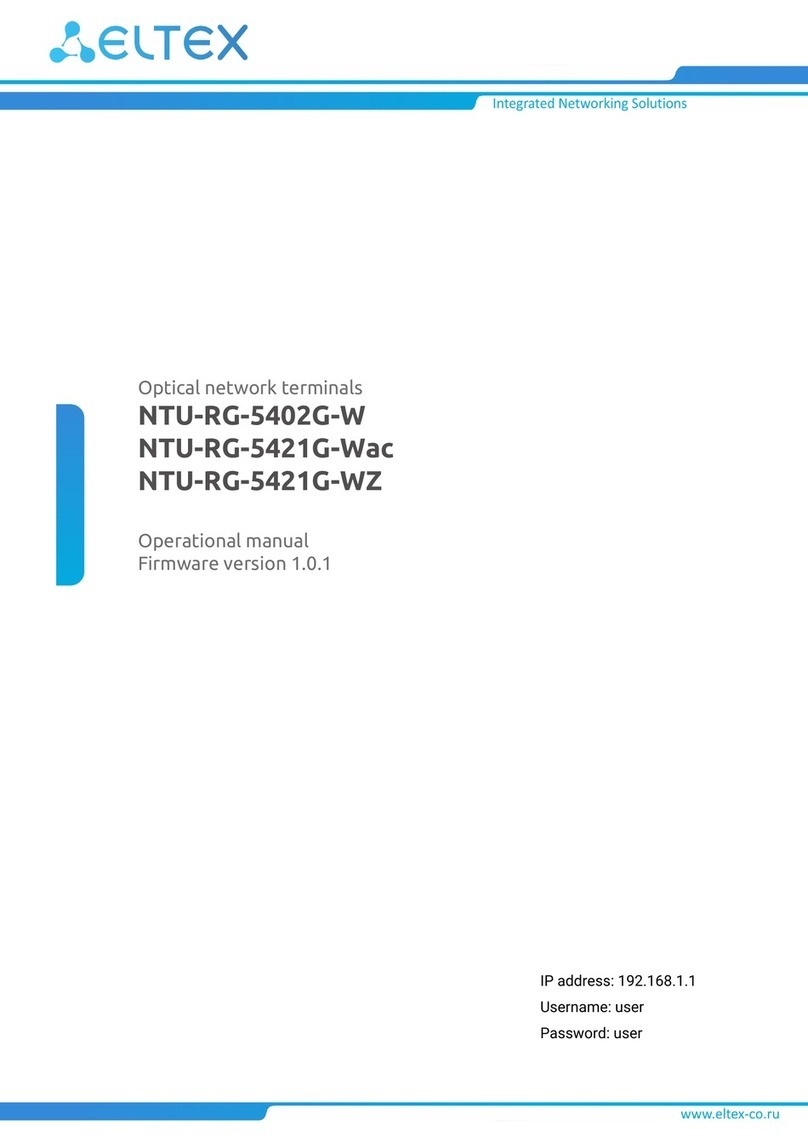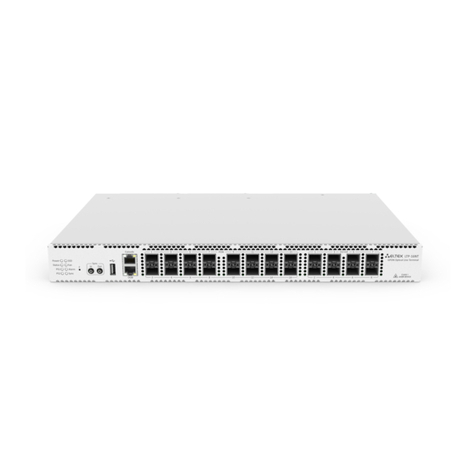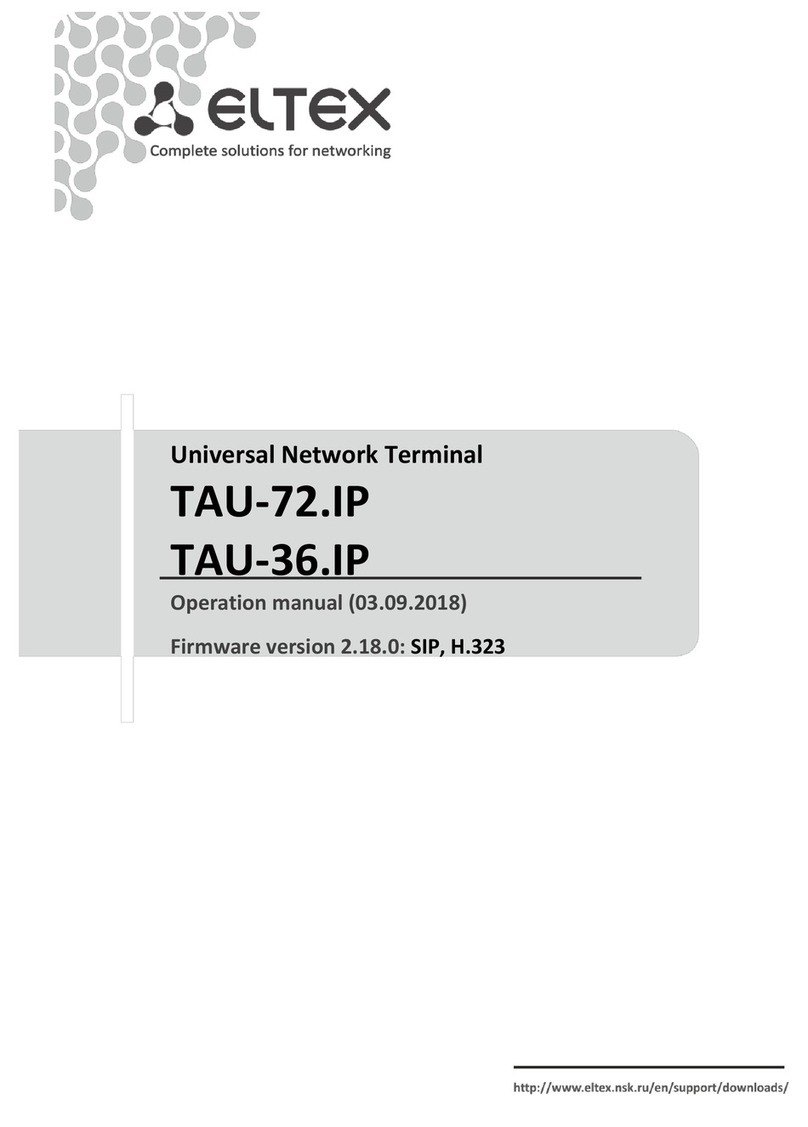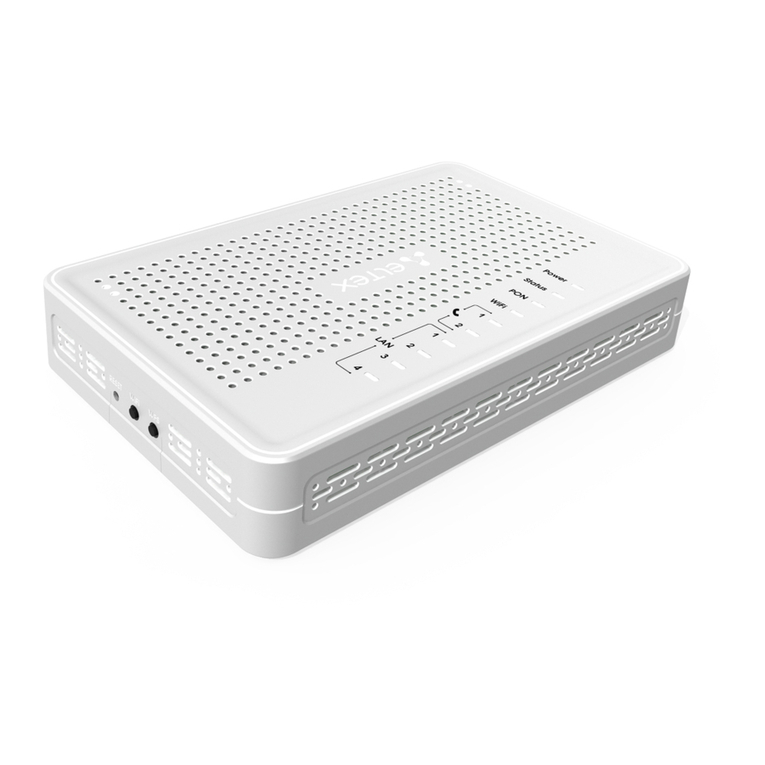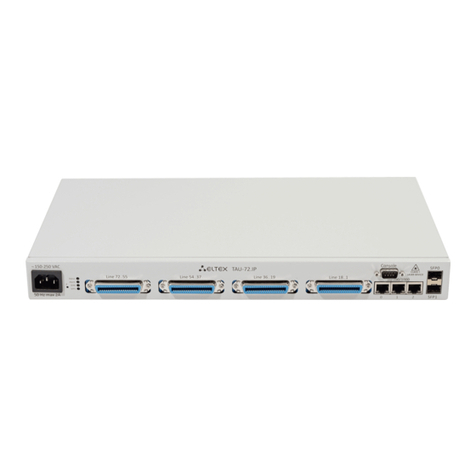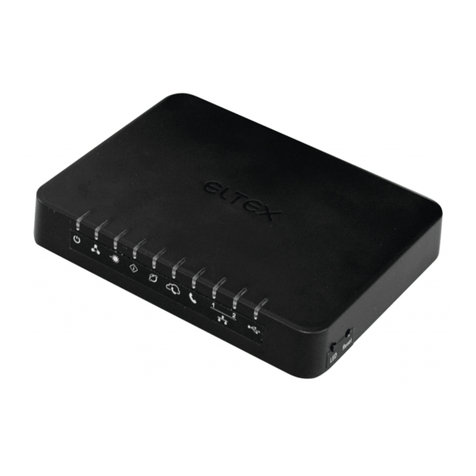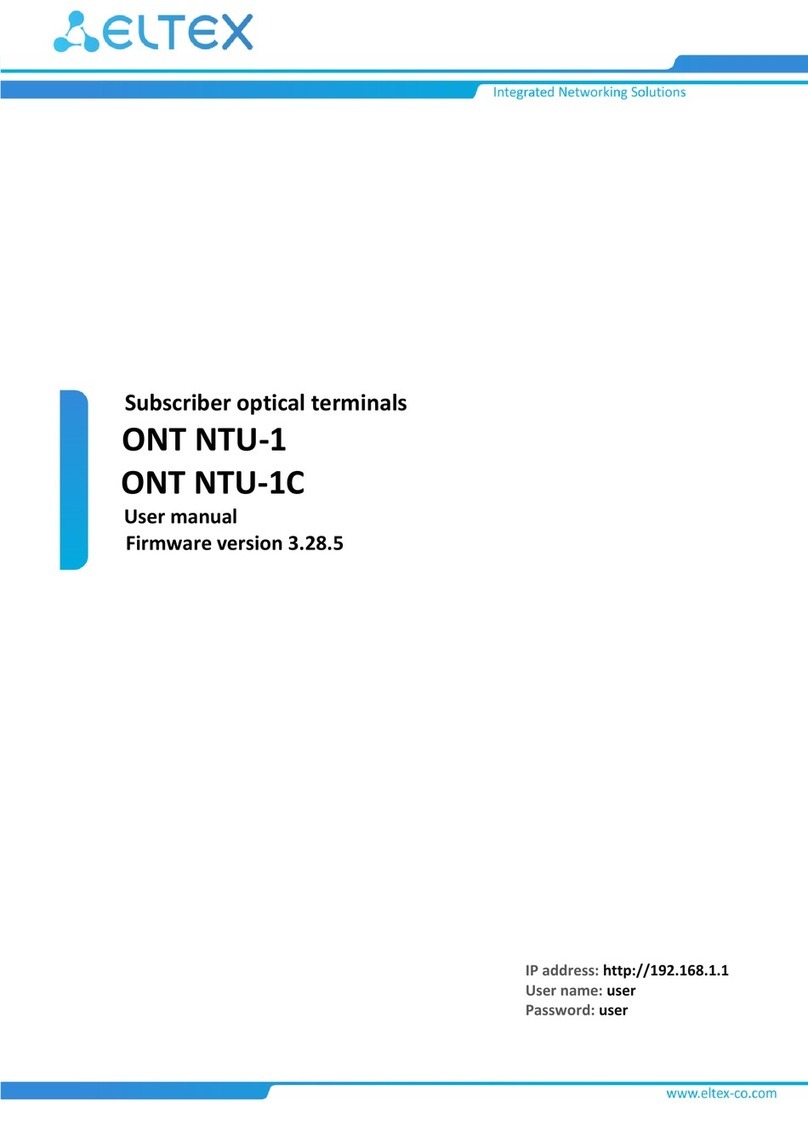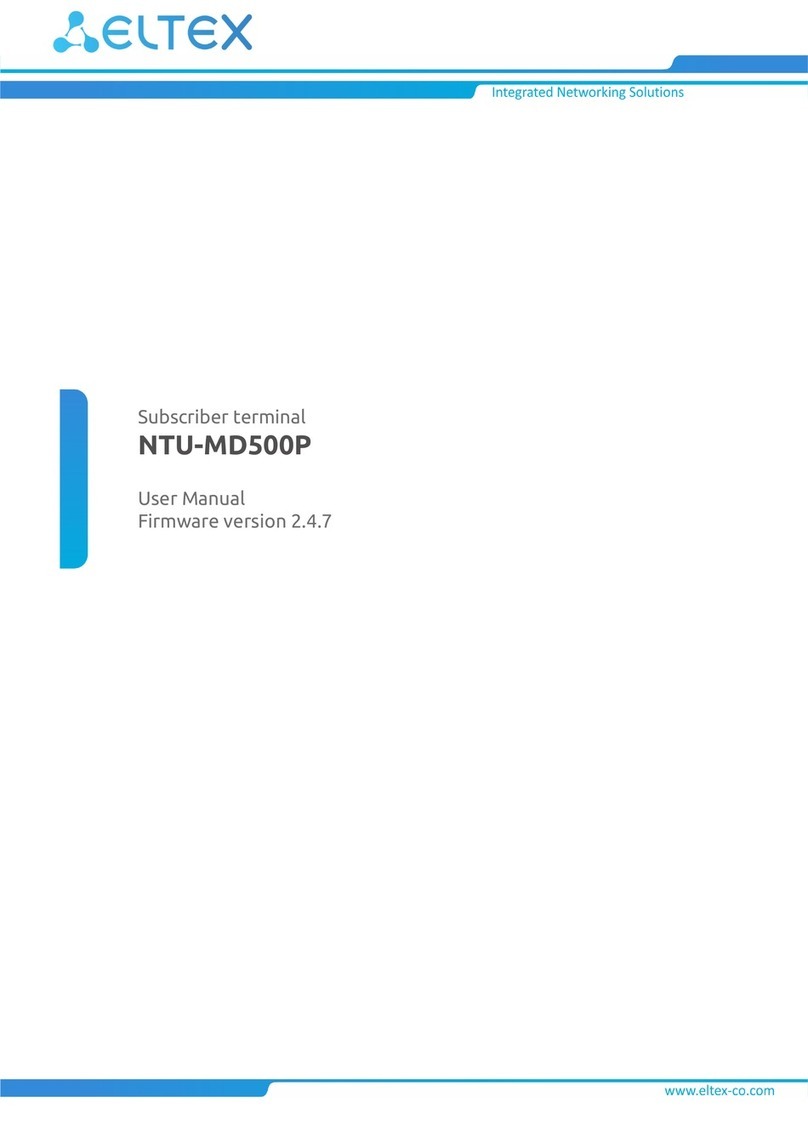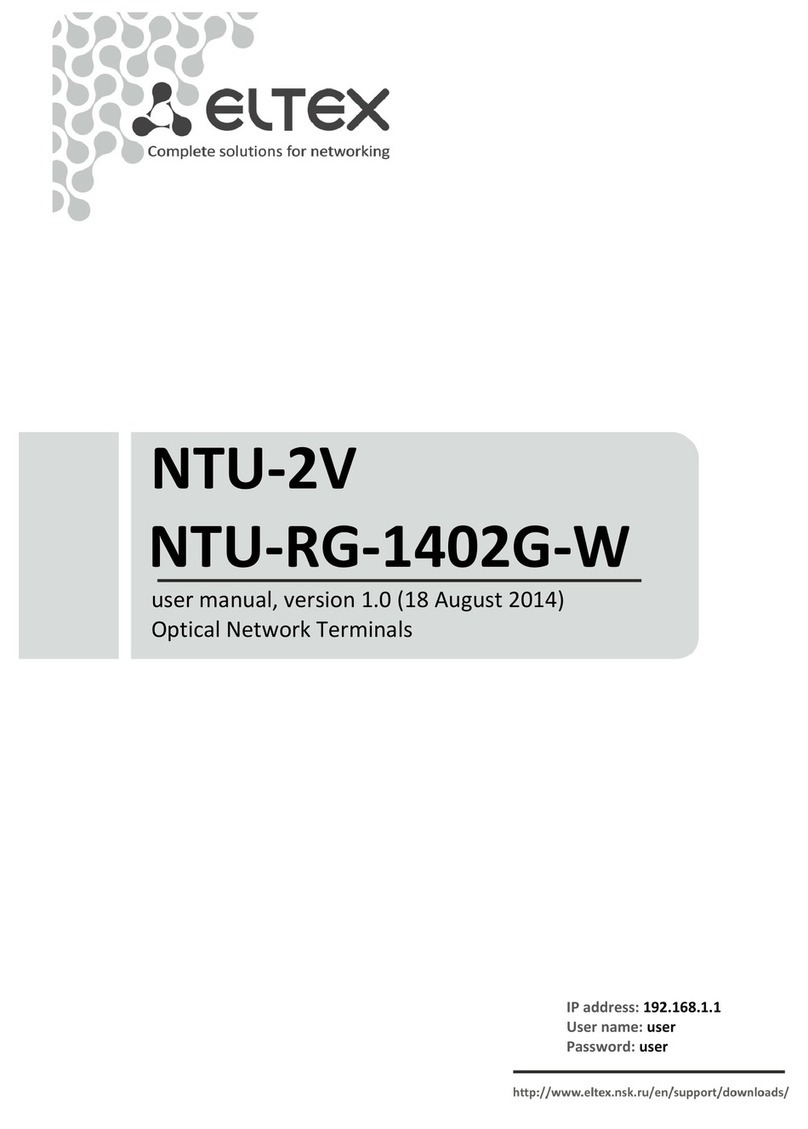
____________________________________________________________________________________
____________________________________________________________________________________
NTU Optical Network Terminals 3
CONTENTS
1 INTRODUCTION ...................................................................................................................................................... 5
2 PRODUCT DESCRIPTION ......................................................................................................................................... 6
2.1 Purpose ........................................................................................................................................................... 6
2.2 Models............................................................................................................................................................. 7
2.3 Device Specification ........................................................................................................................................ 7
2.4 Main Specifications ....................................................................................................................................... 10
2.5 Design............................................................................................................................................................ 12
2.5.1 NTU-RG-1421G-Wac/NTU-RG-1421G-WZ/NTU-RG-1431G-Wac......................................................... 12
2.5.2 NTU-RG-1421GC-Wac .......................................................................................................................... 13
2.6 LED Indication................................................................................................................................................ 14
2.6.1 NTU-RG-1421G-Wac, NTU-RG-1421G-WZ, NTU-RG-1431G-Wac ........................................................ 14
2.6.2 NTU-RG-1421GС-Wac .......................................................................................................................... 15
2.6.3 Indication of LAN Interfaces................................................................................................................. 16
2.7 Reboot/Reset to factory defaults ................................................................................................................. 16
2.8 Delivery Package ........................................................................................................................................... 16
3ARCHITECTURE OF DEVICES ................................................................................................................................. 17
3.1 NTU-RG architecture..................................................................................................................................... 17
4 CONFIGURATION OF NTU-RG-1421G-WAC, NTU-RG-1421G-WZ, NTU-RG-1431G-W AND NTU-RG-1421GC-W
VIA WEB INTERFACE. USER ACCESS......................................................................................................................... 19
4.1 The “Device Info” menu................................................................................................................................ 20
4.1.1 The “Summary” submenu .................................................................................................................... 20
4.1.2 The “WAN” submenu. The Status of Services...................................................................................... 20
4.1.2.1 The “General” submenu. General information............................................................................ 20
4.1.2.2 The “Detail” submenu. Detailed Information.............................................................................. 21
4.1.3 The “LAN” submenu. Monitoring of LAN Ports. Monitoring of Wi-Fi Interface Status ....................... 21
4.1.4 The “Statistics” submenu. Traffic flow information for device ports .................................................. 21
4.1.5 The “Route” submenu. Routing table preview.................................................................................... 22
4.1.6 The “ARP” submenu. Display of the ARP Protocol Cache.................................................................... 23
4.1.7 The “DHCP” submenu. Active DHCP leases.......................................................................................... 23
4.1.8 The “Wireless Stations” submenu. Connected wireless devices ......................................................... 24
4.1.9 The “Wireless Monitor” submenu. Discovered Wi-Fi networks .......................................................... 24
4.1.10 The “Voice” submenu. Monitoring of telephone ports ..................................................................... 25
4.2 The “Advanced Setup” menu. Advanced configuration................................................................................ 25
4.2.1 The “LAN” submenu. Configuration of Main Parameters.................................................................... 25
4.2.2 The “NAT” submenu. NAT Settings ...................................................................................................... 26
4.2.2.1 The “Virtual Servers” submenu. Virtual server settings .............................................................. 26
4.2.2.2 The “Port Triggering” submenu. Port Triggering Settings............................................................ 27
4.2.2.3 The “DMZ Host” submenu. Demilitarized Zone Settings............................................................. 29
4.2.3 The “Security” submenu. Security Settings.......................................................................................... 29
4.2.3.1 The “IP Filtering” submenu. Address Filtering Settings ............................................................... 29
4.2.3.2 The “MAC Filtering Setup” submenu. Filtering Settings for MAC Addresses .............................. 31
4.2.4 The “Parental Control” submenu: restriction settings......................................................................... 32
4.2.4.1 The “Time Restriction” submenu. Session Time Restriction Settings.......................................... 32
4.2.4.2 The “Url Filter” submenu. Internet Access Restriction Settings .................................................. 33
4.2.5 The “Dynamic DNS” submenu. Dynamic DNS Configuration............................................................... 34
4.2.6 The “Print Server” submenu. Print Server Configuration .................................................................... 37
4.2.7 The “DLNA” submenu. DLNA server configuration.............................................................................. 37
4.2.8 The “Z-Wave” menu............................................................................................................................. 38
4.2.9 The “UPnP” submenu. Autoconfiguration of network devices............................................................ 38
4.3 The “Wireless” menu. Wireless network configuration................................................................................ 39
4.3.1 The “Basic” submenu. General settings............................................................................................... 39
